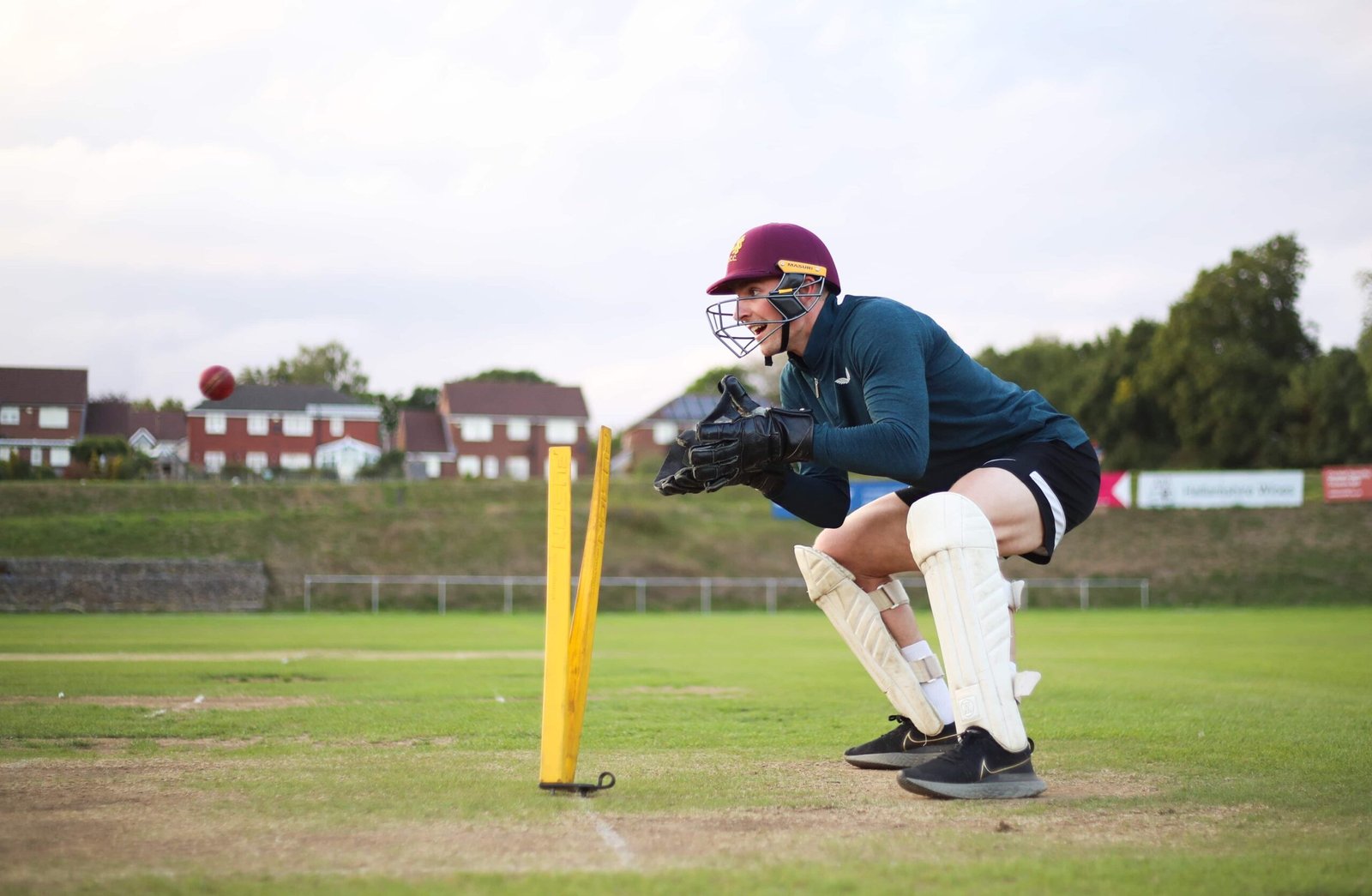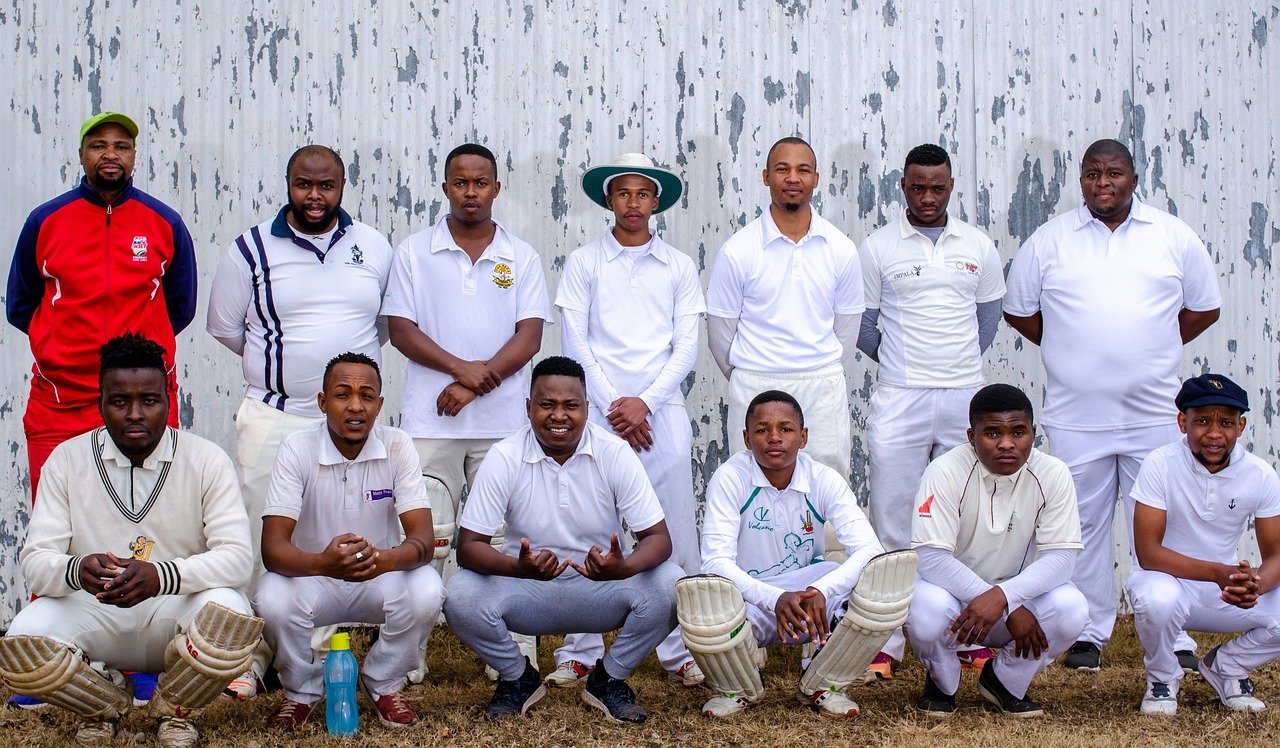Cricket helmets play a crucial role in protecting players from potentially severe head injuries caused by fast-moving cricket balls. These essential safety gear items are particularly vital for batsmen facing deliveries at speeds often exceeding 90 mph (140 km/h). Tragically, the importance of helmet safety came into sharp focus following the untimely death of Australian cricketer Phillip Hughes at just 25 years old. During a domestic match in Sydney, Hughes was struck by a bouncer below his helmet while attempting a hook shot. The blow caused a cerebral hemorrhage, leading to his passing and leaving the cricketing world in mourning.

This tragedy underscored the need for improved safety measures, prompting advancements in helmet design. Modern cricket helmets feature a hard outer shell made of durable materials like fiberglass or carbon fiber, coupled with internal padding to absorb and distribute impact forces. These innovations significantly reduce the risk of injuries such as concussions, skull fractures, and other trauma from cricket ball impacts.
In response to such incidents, the International Cricket Council (ICC) introduced stricter guidelines for helmet safety. Under the Clothing and Equipment Regulations, any helmet worn by a batsman in international cricket must meet the British Standard (BSI) – BS 7928:2013. This standard was further updated in 2019 to include BS 7928:2013 + A1:2019, which incorporates specifications for neck protectors.
Key features of the updated standards include:
- Facial Contact Projectile Test: Evaluate whether the ball can penetrate the faceguard or cause it to strike the player’s face under realistic impact conditions.
- Ball-Specific Testing: Helmets are tested with both men’s (5.5-ounce) and junior-sized (4.75-ounce) cricket balls to ensure effective protection across different ball types.
- Neck Protector Impact Test: Assesses the ability of neck protectors to absorb impacts, minimizing injuries to the lower rear part of the head and upper neck.
These enhancements reflect the cricketing community’s ongoing commitment to player safety, ensuring that modern helmets provide comprehensive protection against evolving challenges on the field. For more information.





